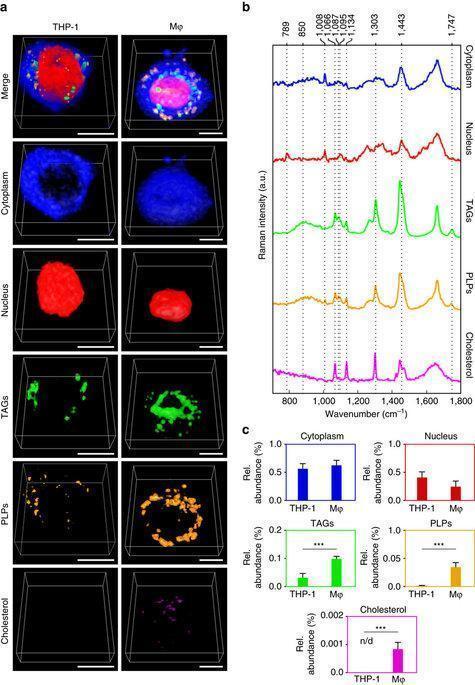burtlancast
Member
- Joined
- Jan 1, 2013
- Messages
- 3,263
If anyone's interested in the infectious theory of cancer, there's
- Virginia Livingston Wheeler
- Royal Rife
- Alan Cantwell
- John Gregory
- Thomas Glover
- Tom Deaken
- John E White
- Robert E Netterberg
- Michael J Scott
- William Mervyn Crofton
- Kiichiro Hasumi
- Antoine Bechamp
- Gaston Naessens
- Clara Fonti
- Tulio Simoncini
- Franz Gerlach
Let's add to the list William Koch, shall we:
Pg 21 of The SURVIVAL FACTOR IN NEOPLASTIC AND VIRAL DISEASES
Glover showed in 1923 that the cancer virus existed in a pleomorphic
germ that was bacillus in one phase and coccus in another, and virus in the third
phase. He also showed it could exist in a fungus or micelium phase. The latter
form has been identified lately by Irene Diller, and some others, and the whole
chain of forms was independently proved by von Brehmer, in the last few
decades as well. The work was thoroughly repeated and proved by my friend
Jacob Engel and George Clark, at the U.S. P.H.S. laboratories, bur, for reasons
we will not discuss, they were not allowed To publish their findings. The
infectious nature of natural cancer was thus proven beyond any doubt by
carefully following the four laws of Robert Koch. Doctor Clark was able to get
a paper read on this confirmation in 195 3, at Rome, Italy, at the Sixth
international Congress of Microbiology. So at last the facts are recorded in
the archives of orthodox scientific literature.

